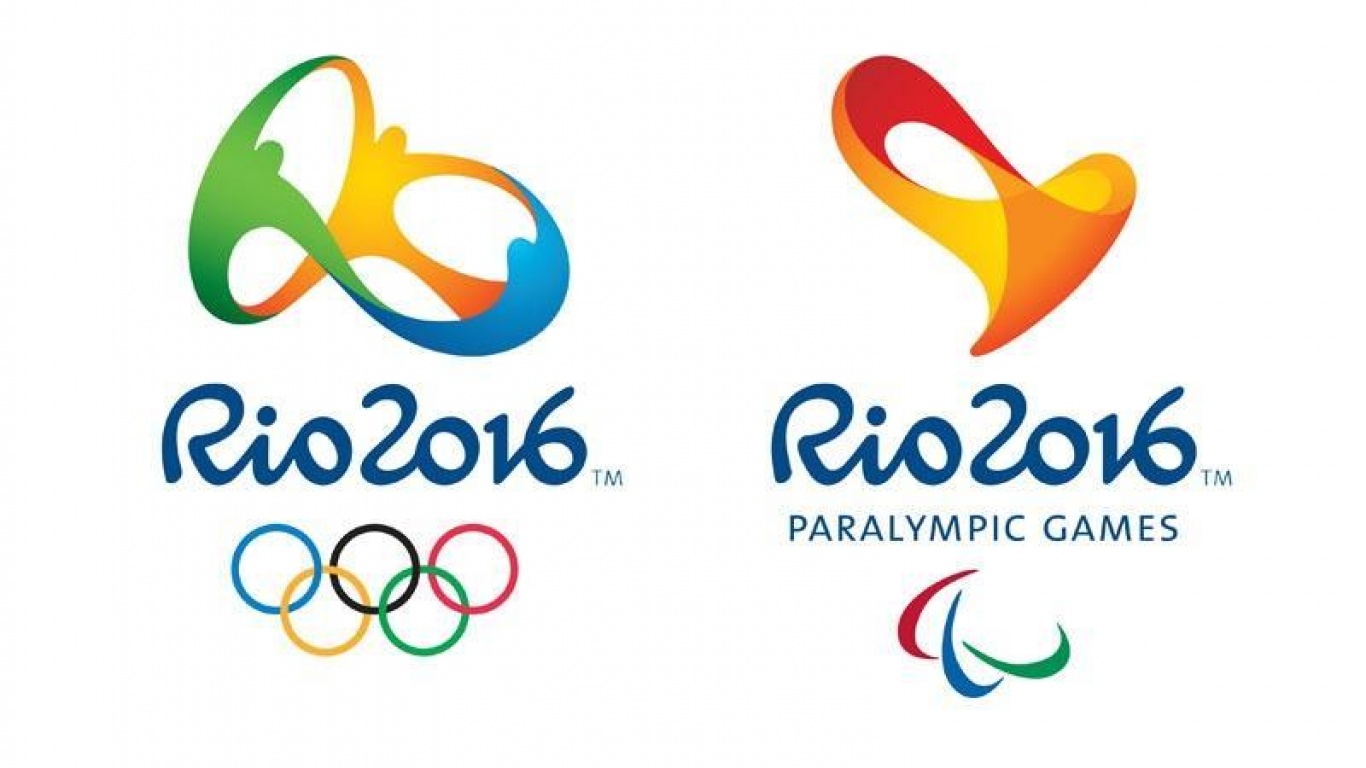
Frame 25 Rio 2016 Olympic Games Special Edition – Part 1
RIO DE JANEIRO – This month, Frame 25 brings you Part 1 of two Olympic Games Special Editions.
Seventy-eight rights-holding broadcasters and more than 480 associated sub-licensees take the Olympics TV feed, between them transmitting to over 200 countries and territories with a potential cumulative audience in excess of five billion people.
It’s a huge operation that’s based in the International Broadcast Centre – the IBC – which is located within Rio’s Barra Olympic Park, near venues such as the…
- Maria Lenk Aquatics Centre, where the diving, synchronised swimming and water polo are taking place
- Olympic Aquatics Stadium (swimming and latter stages of the water polo competitions)
- Olympic Tennis Centre
- Future Arena (handball)
- Velodrome (track cycling)
- Carioca Arenas 1, 2 and 3 (fencing, wrestling, taekwondo, basketball, judo)
- Rio Olympic Arena (gymnastics)
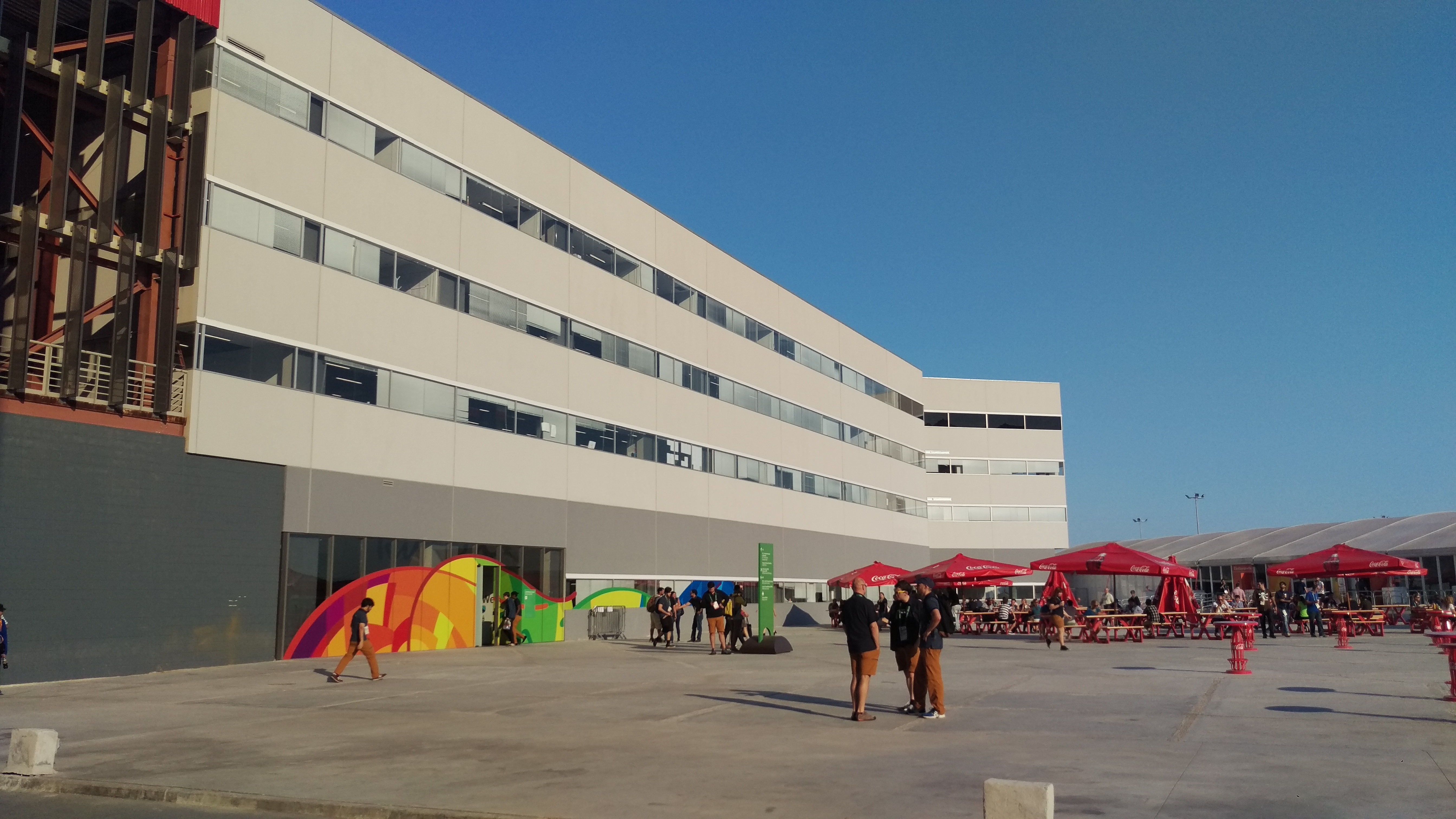
This next image gives some idea of the size of the IBC, and its location within the park:
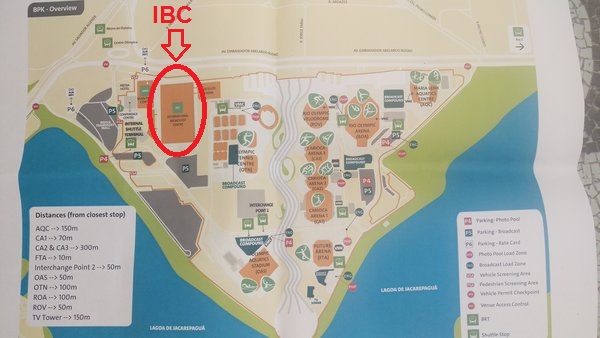
Within the IBC, broadcasters are assigned certain areas of the building:
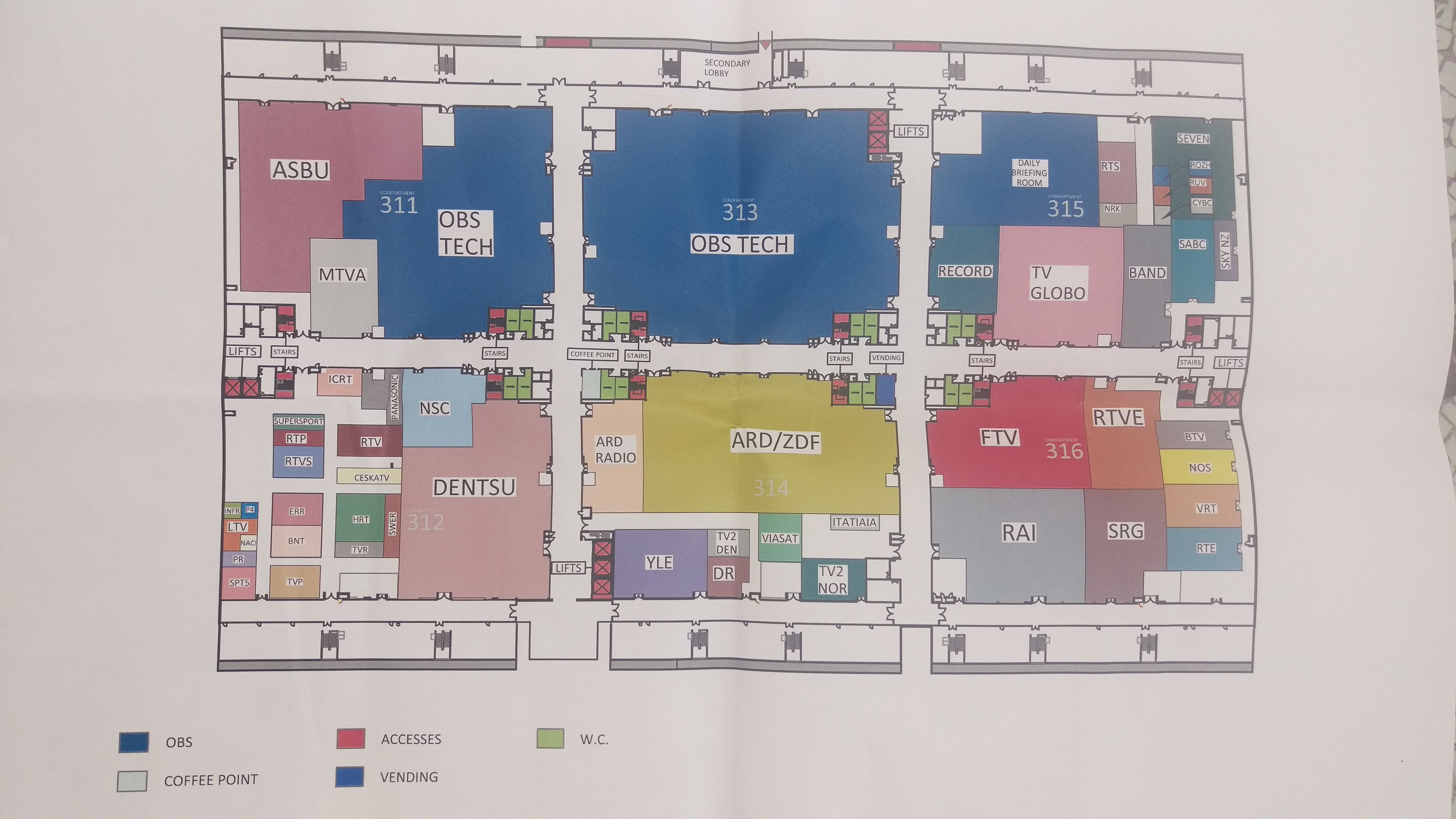
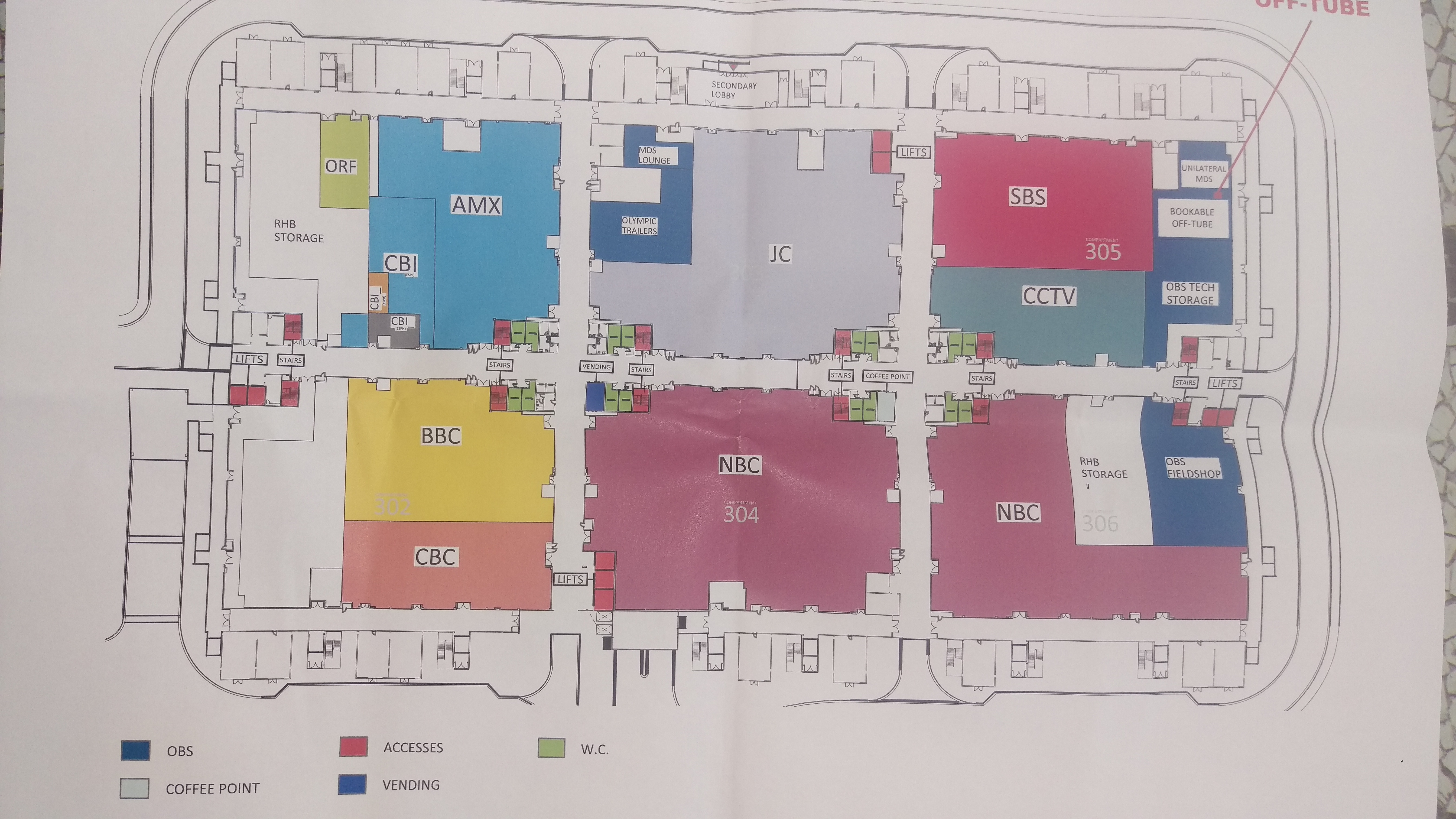
NBC get the most space simply because they pay the most for broadcast rights – in 2011 NBCUniversal (NBCU) acquired the rights to broadcast the Olympic Games in the US until 2020.
And in May 2014, the International Olympic Committee (IOC) awarded NBCU the broadcast rights in the US for the Olympic Games and Youth Olympic Games from 2021 to 2032 in a deal valued at USD 7.65 billion. The contract covers all media platforms, including free-to-air television, subscription television, internet and mobile.
By 2032, NBCU will have covered a total of 23 editions of the Olympic Games, since its first Games broadcast in Tokyo in 1964.
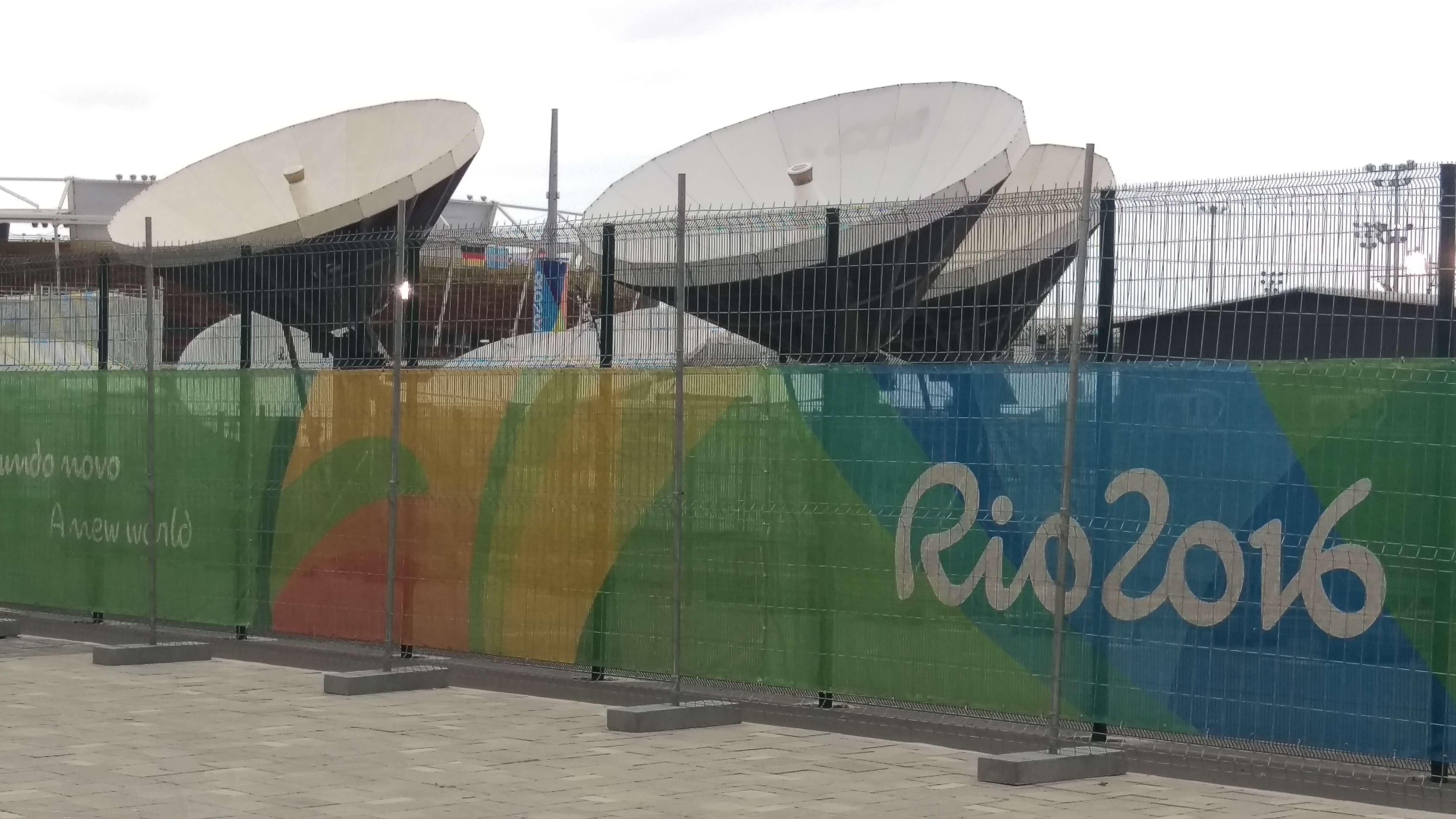
Opposite the Barra Olympic Park, temporary TV studios have been set up on top of some of the buildings that line the Av. Embaixador Abelardo Bueno:
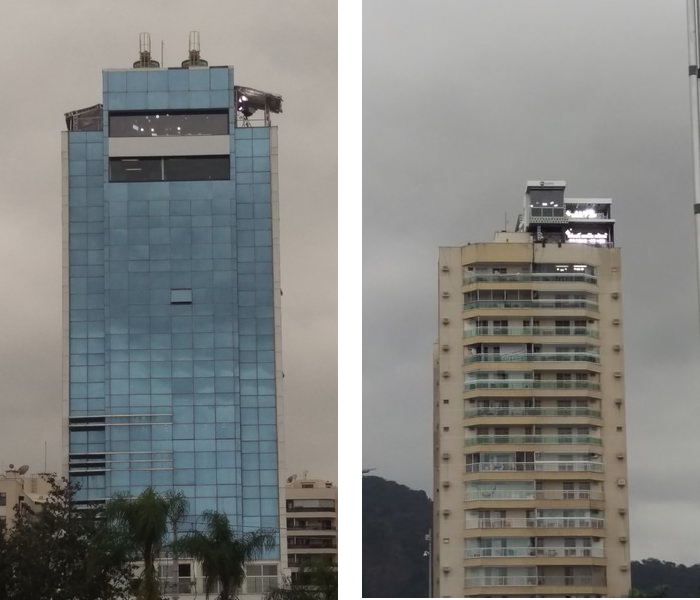
A continually moving target – sailing broadcasting at Rio 2016
Unique challenges face the team responsible for broadcasting the Rio 2016 Olympic Games sailing competitions to billions of global viewers.
Three-hundred-and-eighty athletes in 10 different classes sailing around seven different course areas, most of which are away from Guanabara Bay’s shoreline, make for a complex operation.
Olympic Broadcasting Services’ (OBS) staff of 100-plus at the sailing venue – Marina da Gloria, beneath the iconic Sugarloaf mountain – use 25 cameras to transmit the on-water action, including a fixed camera on Sugarloaf mountain, high-definition cameras on two helicopters and cameras on board competing boats, which an onshore operator can pan, tilt and zoom individually.
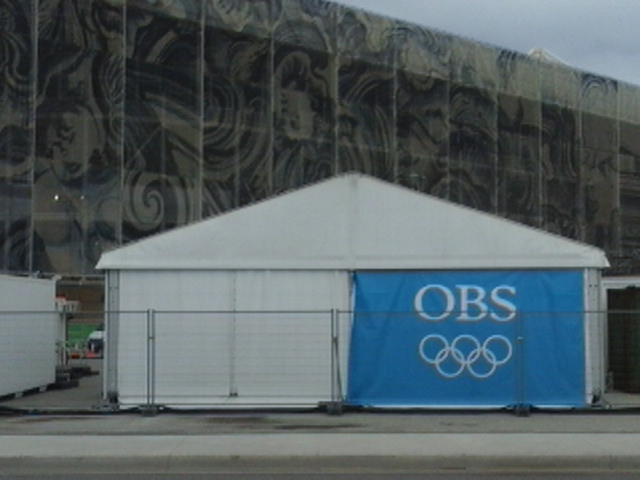
“There is no grandstand, no defined field of play, every asset you’ve got is moving,” said OBS’s sailing director Denis Harvey. “It’s not like a stadium where you know the runners are going to go around the track or swimmers will go up and down eight lanes.
“Every day the sailors are going different to courses and sailing in different directions, and say for the lead up to the Laser fleet medal race, we have 36 Lasers going in different directions and the battle for the gold medal could be further back in the fleet, and we have to tell that story.”
The Olympic Games run until August 21st, after which the Paralympic Games take place between September 7th and 18th.
Visit the Frame 25 blog again next month for part 2 from Rio.
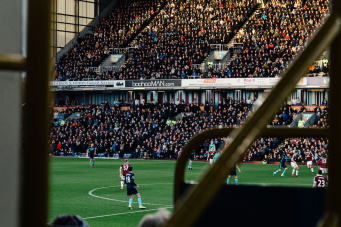
Product + audience + platform: why the Premier League is going its own way

In The Frame - April '23
